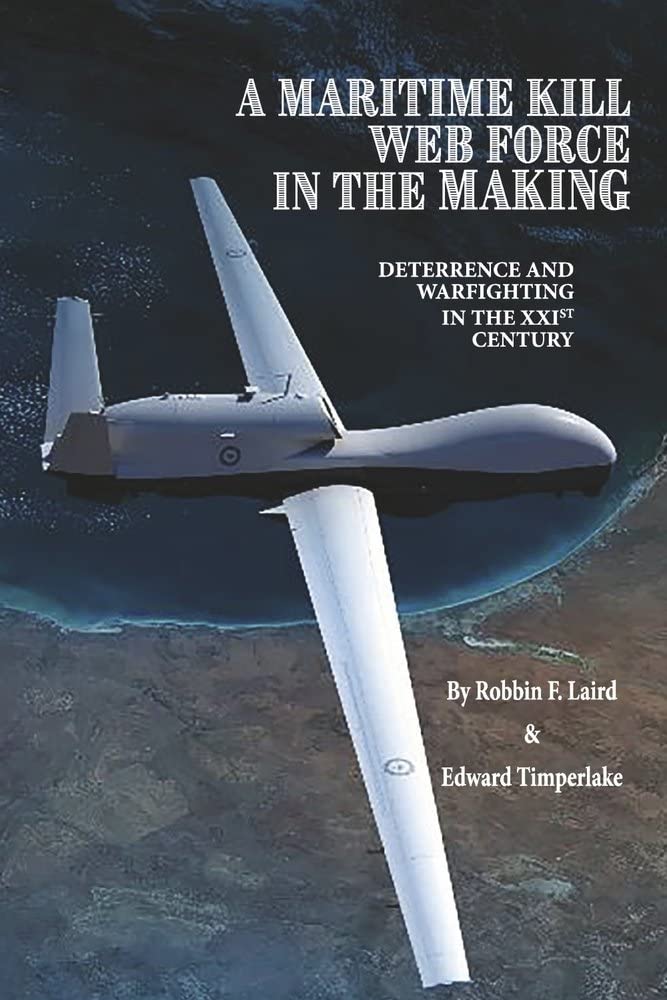Working the Military Element of Pacific Deterrence: From the Distributed to the Enduring Force
Since 2018, the U.S. military has been reworking their defense operations in the Pacific to enhance the survivability of their forces and by so doing working a path to deter their adversaries from believing they could significantly degrade the U.S. military to a point where rapid escalation dominance could be assured by them.
In effect, the operational strategy is a combination of three key approaches: force distribution; shaping ISR and C2 capabilities whereby distributed forces can operate as combat clusters able to cross-leverage fires to create the desired effects; and counter-ISR capabilities which degrade the adversaries targeting capability raising significant doubts about their ability to attrite enough of the U.S. forces as to make a decisive difference.
Combined with this operational approach has been an expanded cooperation with core allies. What the Chinese have successful done is to activate the core players in the Pacific to enhance their national military capabilities along with enhanced exercises and training with each other and the United States to place the distributed force within the context of a distributed alliance structure as well.
What generally has not been realized is that concept of operations changes are strategic in character and will require significant changes in platform and payload acquisition in the future, new logistical support capabilities, new approaches to sustainment, supply locations and “basing,” as well as fully embracing the autonomous systems revolution to add the expendable, the numerous and the much less costly platform/payload combination.
How do you take the con-ops revolution underway and shape the resulting force into a more enduring one?
How do you supply such a force?
With what do you supply it?
How do you build cross-national production and distribution for the disparate national capabilities and forces?
The thinking from the operational forces needs to drive force design and force development, rather than think tanks and acquisition officials remote from the operating forces.
As payloads change – new weapons, new sensors, new approaches to cloaking forces, new ways to disrupt the adversary’s society and dominate their decision cycles – rapid acquisition is required.
How rapidly can the acquisition system and its slow-paced process of development be put aside to do so.
The changes occurring in Pacific operations are dramatic; the recognition of the impacts of these changes has not been.

